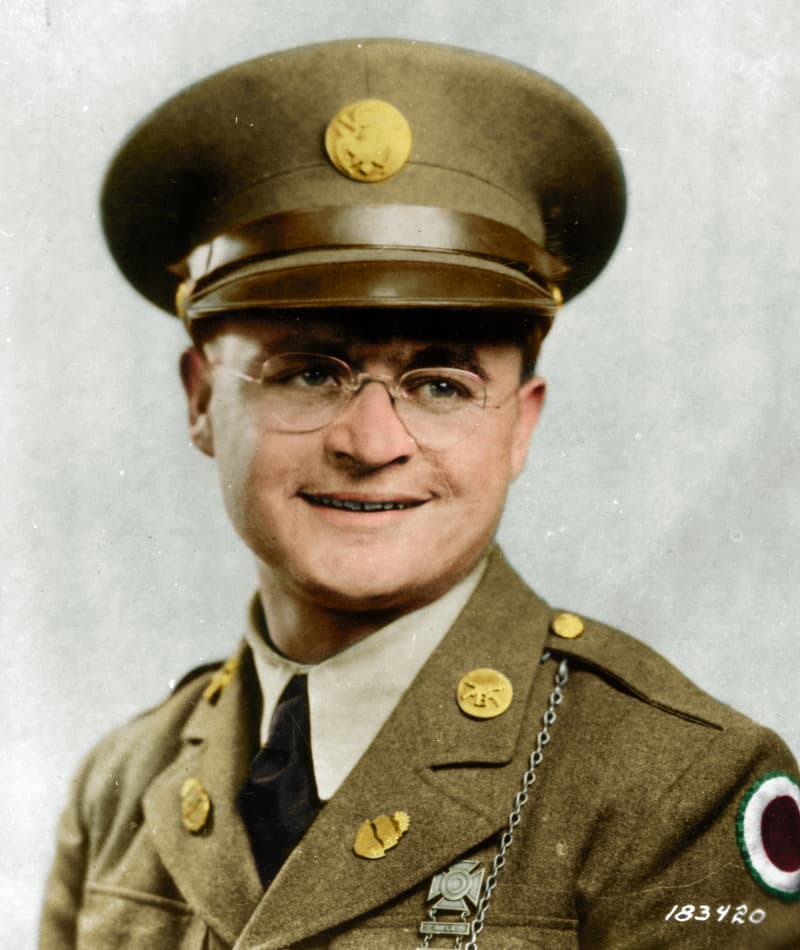PVT Rodger Wilton Young, 25, USA (1918–1943)
148th Infantry Regiment, 37th Infantry Division
New Georgia, Solomon Islands
July 31, 1943
Presented January 17, 1944
Posthumous

The President of the United States of America, in the name of Congress, takes pride in presenting the Medal of Honor (posthumously) to PVT Rodger W. Young (ASN: 20504613), United States Army, for conspicuous gallantry and intrepidity in action above and beyond the call of duty while serving with 148th Infantry Regiment, 37th Infantry Division, in action at New Georgia, Solomon Islands.
On July 31, 1943, the infantry company of which PVT Young was a member, was ordered to make a limited withdrawal from the battle line in order to adjust the battalion’s position for the night. At this time, PVT Young’s platoon was engaged with the enemy in a dense jungle where observation was very limited. The platoon suddenly was pinned down by intense fire from a Japanese machine gun concealed on higher ground only 75 yards away. The initial burst wounded PVT Young. As the platoon started to obey the order to withdraw, PVT Young called out that he could see the enemy emplacement, whereupon he started creeping toward it. Another burst from the machine gun wounded him the second time. Despite the wounds, he continued his heroic advance, attracting enemy fire and answering with rifle fire. When he was close enough to his objective, he began throwing hand grenades, and while doing so was hit again and killed. PVT Young’s bold action in closing with this Japanese pillbox, and thus diverting its fire, permitted his platoon to disengage itself, without loss, and was responsible for several enemy casualties.